Markets
Trump’s proposed differential tariffs are expected to have minimal disruption in Indonesia's palm oil sector. Analysts, however, are watching for potential indirect effects, such as reduced Chinese purchases of U.S. soybeans, which could shift demand toward palm oil.
Indonesia’s palm oil stands out, supported by:
Global demand
Robust downstream industries
A strong domestic market buoyed by ambitious biofuel mandates (B35, targeting B50)
Despite rising global demand, especially for food and biofuel, Malaysia’s mature oil palm acreage has declined for four consecutive years, while Indonesia’s growth remains marginal. Meanwhile, Brazil’s expanding soybean cultivation has driven high palm oil prices for nine months leading into 2025. Domestic biofuel consumption in Indonesia (B35, aiming for B50) is also drawing down exports, prompting buyers to seek alternative oils and intensifying deforestation elsewhere, notably in Brazil, where forest loss reached 2.82 million hectares in 2024.
On the other hand, calls are growing to revisit Indonesia’s palm oil moratorium. Analysts urge sustainable expansion and urgent replanting with higher-yield seeds, citing aging trees, disease, and underperforming government-linked estates as bottlenecks. While environmental groups often disproportionately target palm oil, they frequently overlook the environmental impact of other commodities like soy and cattle.
Despite being the most efficient oil crop, palm oil continues to face reputational challenges, particularly in the EU, where sustainability concerns and competition from alternative fats and stricter biofuel standards are limiting market access.
Before 2015, commodity price spikes often triggered forest loss in Indonesia through plantation expansion and political cycles. The 2015 fires acted as a wake-up call, and since then, deforestation has moderated despite price fluctuations. In 2024:
Oil palm expansion slowed slightly
Peatland conversion dropped
Overall, deforestation fell 9% compared with 2023.
Forest loss rose modestly in Kalimantan and Sumatra but shifted from illegal to legal clearing within approved concessions. Globally, Indonesia and Malaysia show reduced deforestation, with fire-related losses far below mid-2010s levels, even as major forest loss continues in Brazil, Bolivia, DR Congo, and Peru.
Policies
Under President Jokowi, Indonesia made significant strides in curbing emissions through forest protection and peatland fire prevention. This included a 2021 commitment to achieve a net carbon sink in the forestry and land-use (FOLU) sector by 2030, potentially delivering up to 60% of national emissions reductions. The effort was supported by new carbon pricing and trading regulations and a climate cooperation pact with Singapore. By 2024, Jokowi’s final year, fire rates remained low due to restoration efforts, favorable rainfall, and private-sector action.
Post-Jokowi, concerns have emerged over political support for plantation expansion, threatening climate and haze goals. A recent rise in forest loss in Sumatra and stalled peatland regrowth between 2017–2022 highlight ongoing challenges in sustaining land-based climate gains.
The Prabowo administration’s priorities differ markedly from Jokowi’s.
While Jokowi implemented palm oil expansion moratoria alongside infrastructure development and mineral downstreaming (with environmental and social costs), Prabowo emphasizes national self-sufficiency in food and energy, viewing carbon markets largely as commercial ventures rather than conservation tools.
Rising public debt and costly social programs further strain fiscal space.
State-linked Agrinas aims to control up to one million hectares of contested land, potentially capturing 6–7% of national output. With stagnant palm oil output and limited technological progress, Agrinas’ expansion may strain productivity further.
Nonetheless, Indonesia’s downstreaming strategy seeks to boost value-added processing in palm oil and coconut to support high-income ambitions. Key areas include oleochemicals, food products, and biodiesel expansion (B40 to B50 by 2029). However, rising land-use tensions create a “food vs. fuel vs. export” trilemma. The sector also faces competition from advanced hubs like Malaysia and the EU. Meanwhile, planned estate expansion in Papua faces high development costs and complex local dynamics, raising investor concerns. Amid policy uncertainty and political sensitivities, businesses may become increasingly cautious.
Palm Oil, Biofuels & Industry Transformation
Global demand for palm-based biofuels remains strong, driven by EU and U.S. policies favoring low-carbon fuels. While traditional palm oil faces restrictions, certified waste-derived products such as PFAD and used cooking oil are gaining traction, particularly for aviation and marine fuels. Strict sustainability standards and tight supply make policy clarity essential for future investment.
Indonesia and Malaysia face challenges in balancing domestic needs, subsidy costs, and exports. Indonesia's growing biodiesel demand, stagnant output, and unlicensed mills complicate regulation, while Malaysia focuses on higher-margin exports over domestic biodiesel use.
Indonesia’s palm sector is undergoing a shift, with state-backed Agrinas targeting 1 million hectares of reclaimed land, potentially reshaping industry dynamics. Export competitiveness is at risk amid court scrutiny of major traders and ongoing concerns over governance, land control, and regulatory transparency.
EU Deforestation Regulation (EUDR) and Implications
The EU’s deforestation regulation (EUDR), now delayed to late 2025 for large firms and mid-2026 for smaller ones, aims to eliminate imports linked to deforestation, including palm oil, cocoa, and rubber. Recent revisions ease compliance for large companies by allowing annual due diligence submissions and data reuse, resulting in up to a 30% reduction in administrative costs.
Smallholders, however, remain largely unsupported, and compliance depends heavily on origin-country systems. While Malaysia is advancing digital traceability for smallholders, Indonesia appears to have deprioritized EUDR implementation amid other economic pressures. The EUDR is expected to support haze prevention, but risks excluding smallholders from EU markets without additional support.
The Annual Haze Outlook Report 2025 can be found here.
Reach us at khorreports[at]gmail.com















